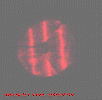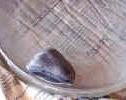
45 minutes mini weegee lap at the edge.
There seemed to be a scratch along the direction of the lap
motion. It turned out to be CeO and pitch. I removed it with paint
thinner.
30 minutes weegee lap 1/4 inch inside the edge.
Light press
15 minutes lap on top as before.
30 minutes mirror on top smoothing as before.
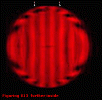
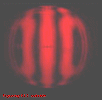
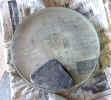
Light Press
15 minutes lap on top as before.
45 minutes smoothing stroke with the mirror on top and the sweat band.

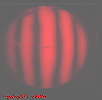
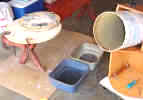


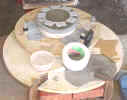
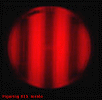
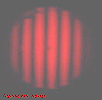
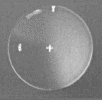
The edge is slightly turned up except for maybe the last 3/32 inch which seems to be flat. Its tempting to try thumbing on the high ring of the turned up edge but I don't think I could thumb precisely enough.
After processing the image in PhotoDraw I can see some faint zones further in. I suspect ( without having a way to measure ) that these zones are less than 1/10 wave. They were probably made by the weegee laps.
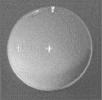
Often there is a bright ring around the mirror edge called the diffraction ring. If the knife edge is on the left as in these pictures and the diffraction only shows on the right it indicates that the edge is turned down.

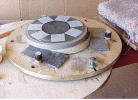
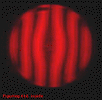

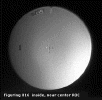
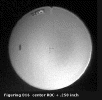
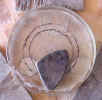


10 minutes lap on top 'W'. 3/4 inch overlap on the sides. 1 1/2 inch on the push pull.

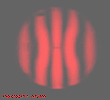
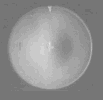


15 minutes lap on top 'W'. 1 inch overlap on the sides. 2 inch on the push and pull.

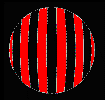 The
center is still a bit deep and the edge slightly high. The center will
be in the shadow of the diagonal.
The
center is still a bit deep and the edge slightly high. The center will
be in the shadow of the diagonal.
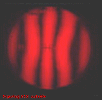
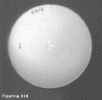
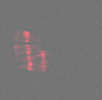

Probably best not to use the weegee lap anymore because it may leave ripples in the completed mirror.
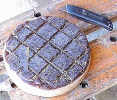
I don't want any 'dog biscuit' from grabbing so I textured the lap with the plastic screen again.

10 minutes smoothing stroke. 1 inch overlap on the sides. 2 inch overlap on the push and pull. Mirror on top. Light pressure.
10 minutes lap on top 'W'. 1 inch overlap on the sides. 2 inch on the push and pull. Light pressure and not too fast. Actually I'm lifting the lap slightly.
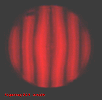

10 minutes lap on top 'W'. 1 inch overlap on the sides. 2 inch on the push and pull. Light pressure and not too fast. Actually I'm lifting the lap slightly.
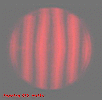

The mirror polish is really bright.
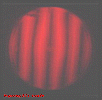

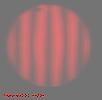
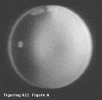

5 minutes parabolizing stroke with 5 inch circle in the mirror center. About 20 degrees mirror rotation at the end of each push stroke. Across and back once at each of the six lazy Susan positions.
5 minutes lap on top 'W'. 1 1/2 inch overlap on the sides. 2 1/2 inch on the push and pull. Light pressure and not too fast. Actually I'm lifting the lap slightly.

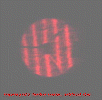

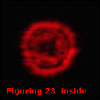




The knife edge test on the artificial star shows some improvement. The contrast of the turned up zone is now about 1/10 the contrast of the turbulence. The eyepiece test shows a very sharp focus.
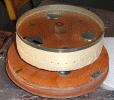



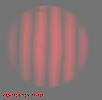
Better slightly under corrected than over corrected.
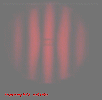

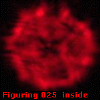
I also did a sequence of in focus images to evaluate the seeing. It seems that unless I could find a location with less turbulence further polishing won't be possible. I suspect the mirror is an ellipse with a focal point at about 150 feet. If so it is probably within 1/8 wave of a perfect paraboloid.
If figuring could be continued I suspect that polishing sessions would only be a few strokes at a time. I suspect the small differential contraction of the Pyrex as it cools would become a major factor.



